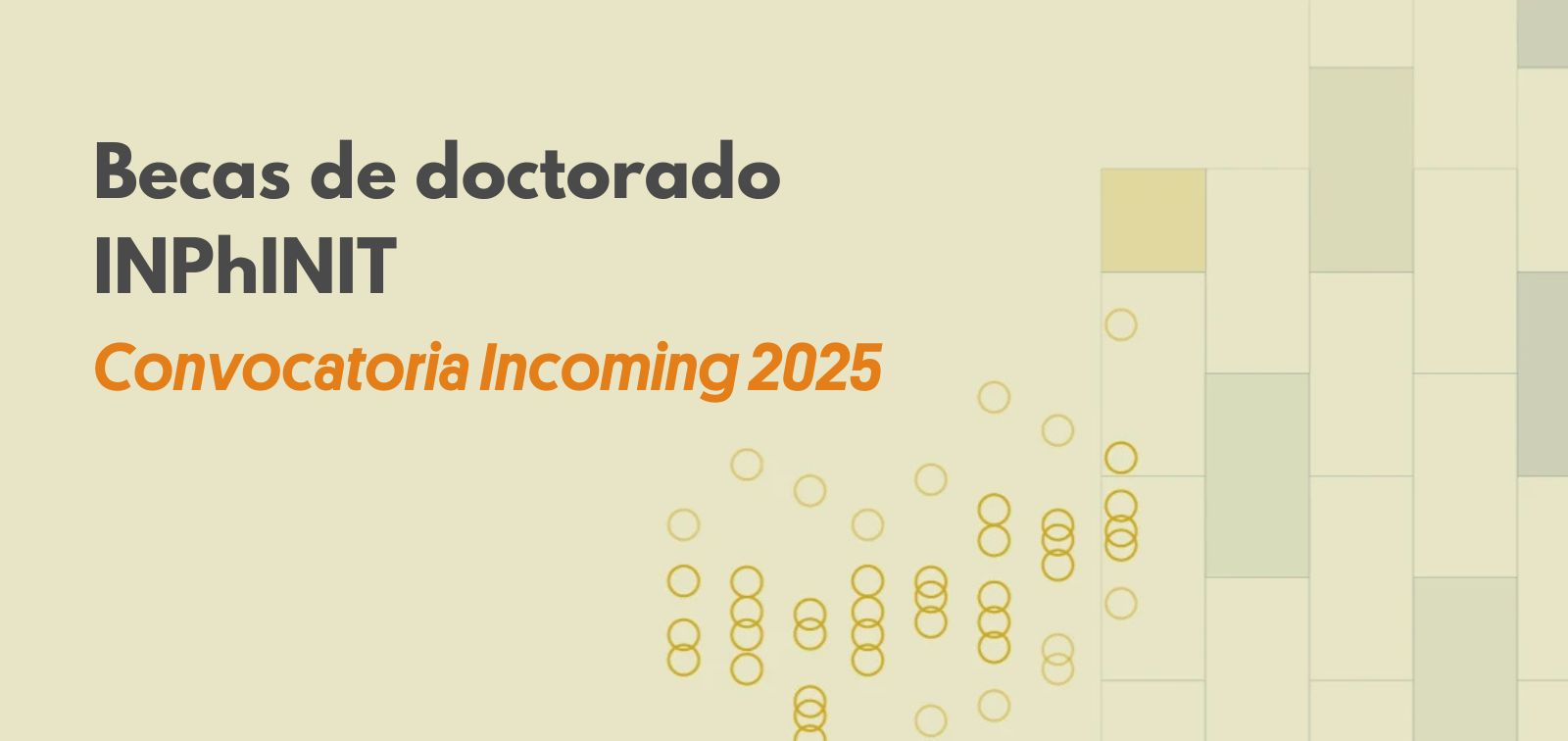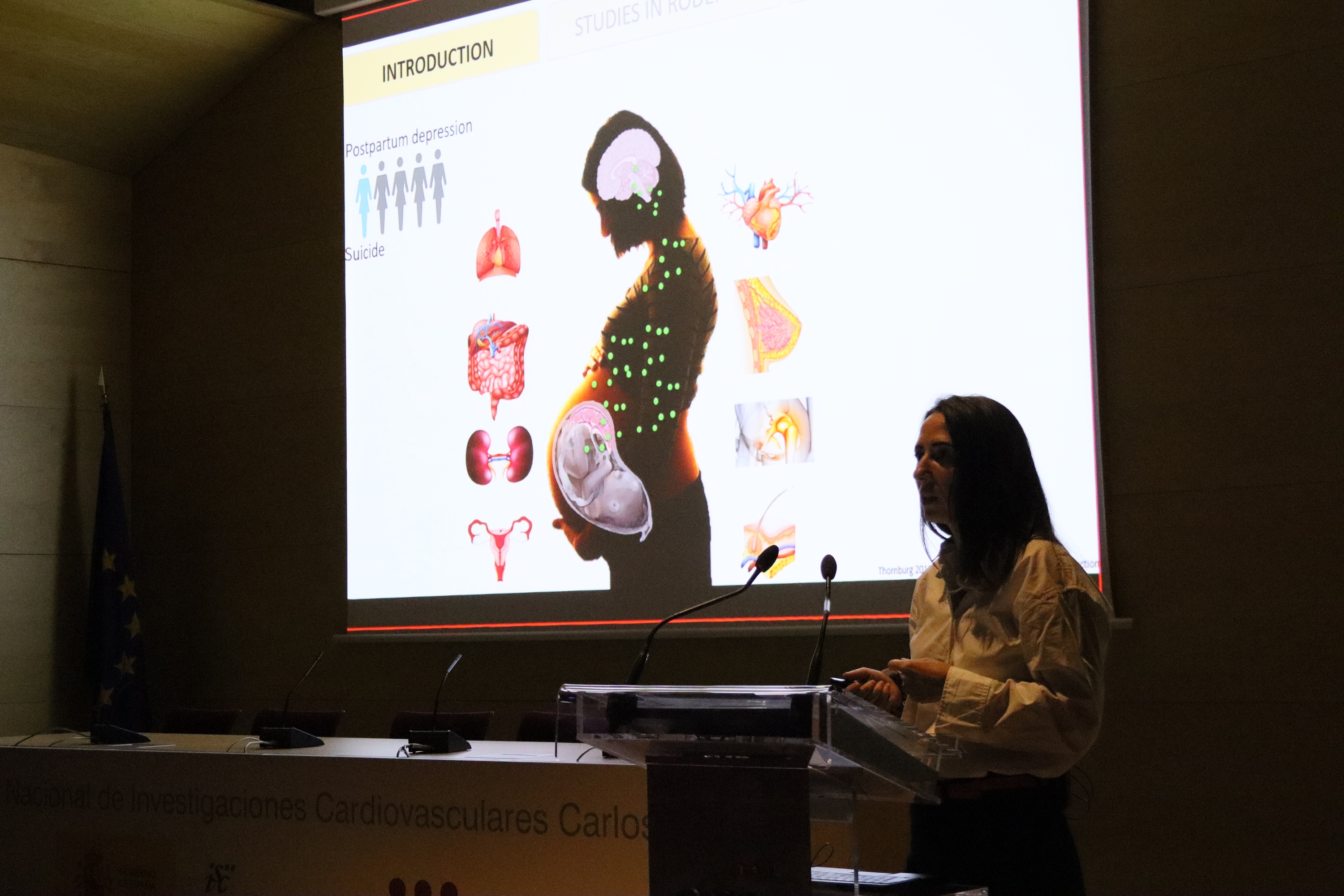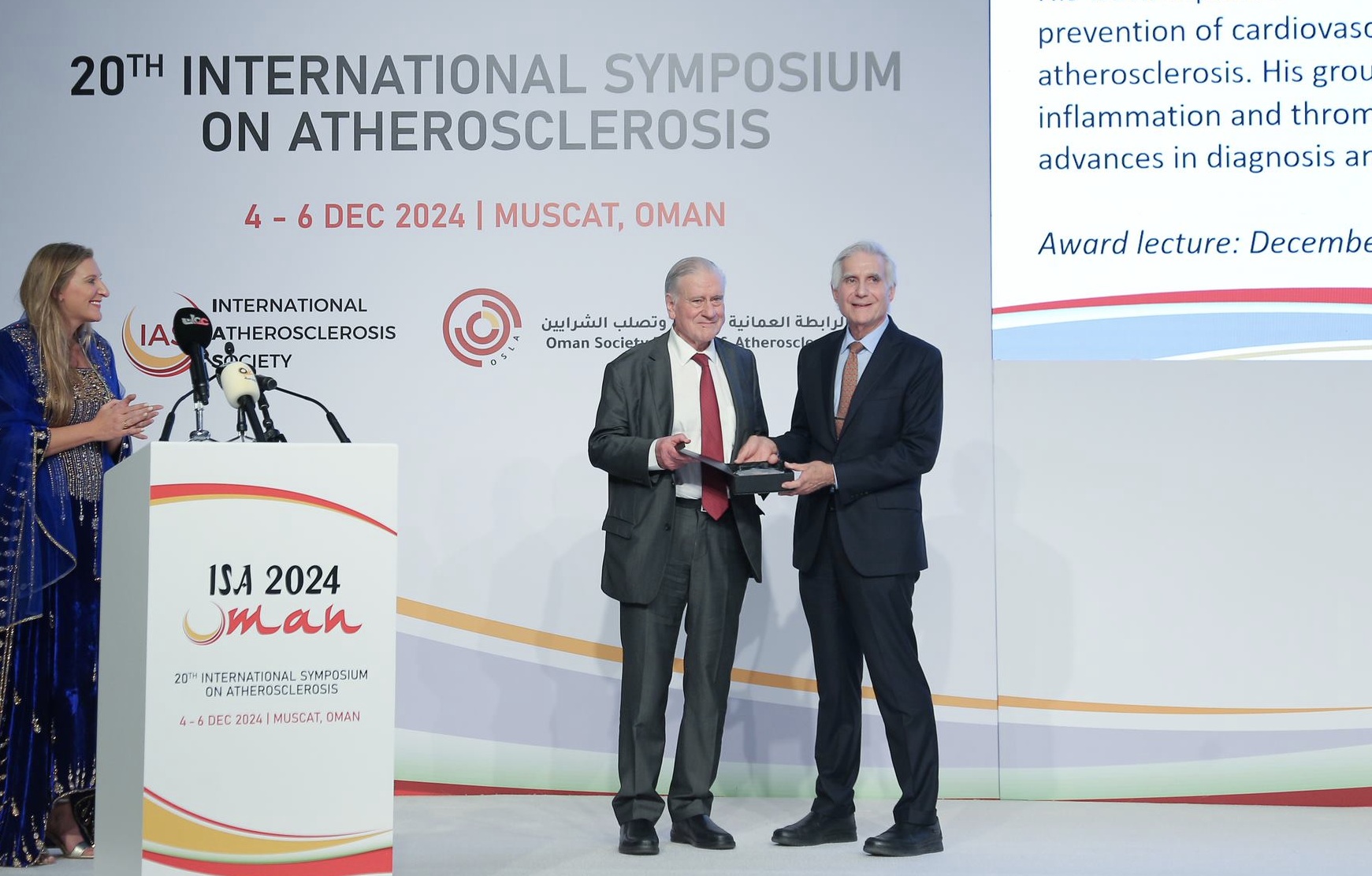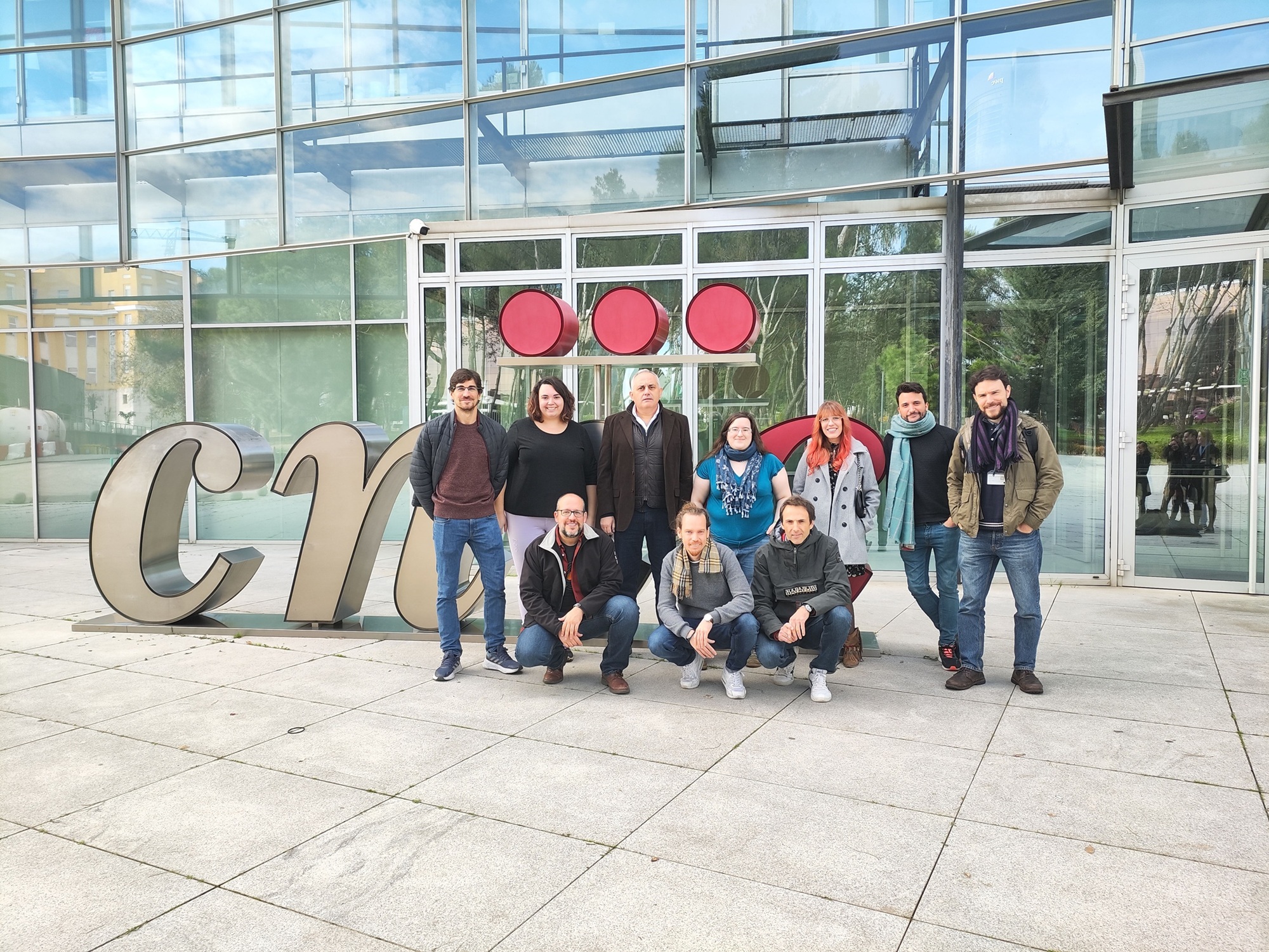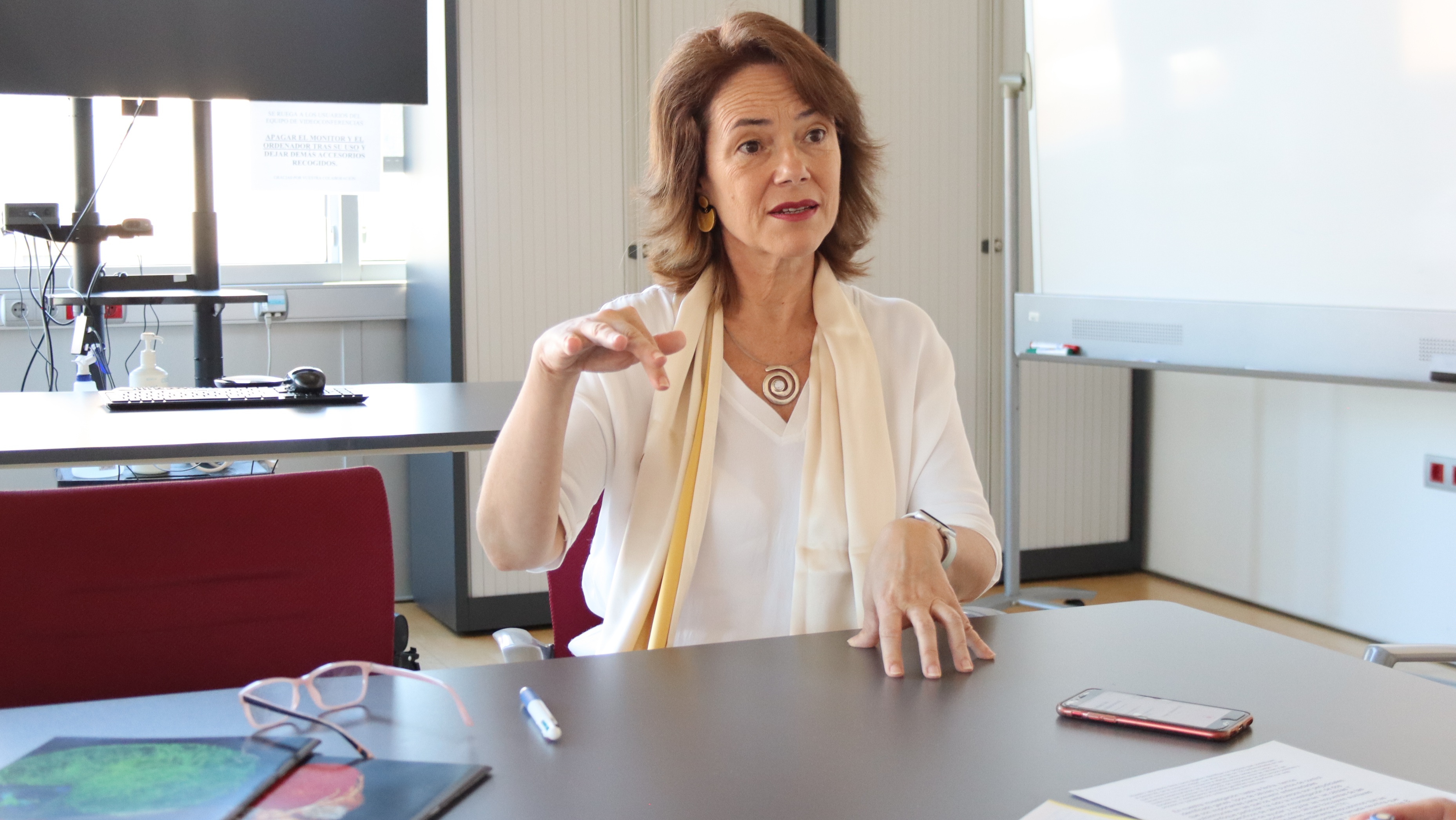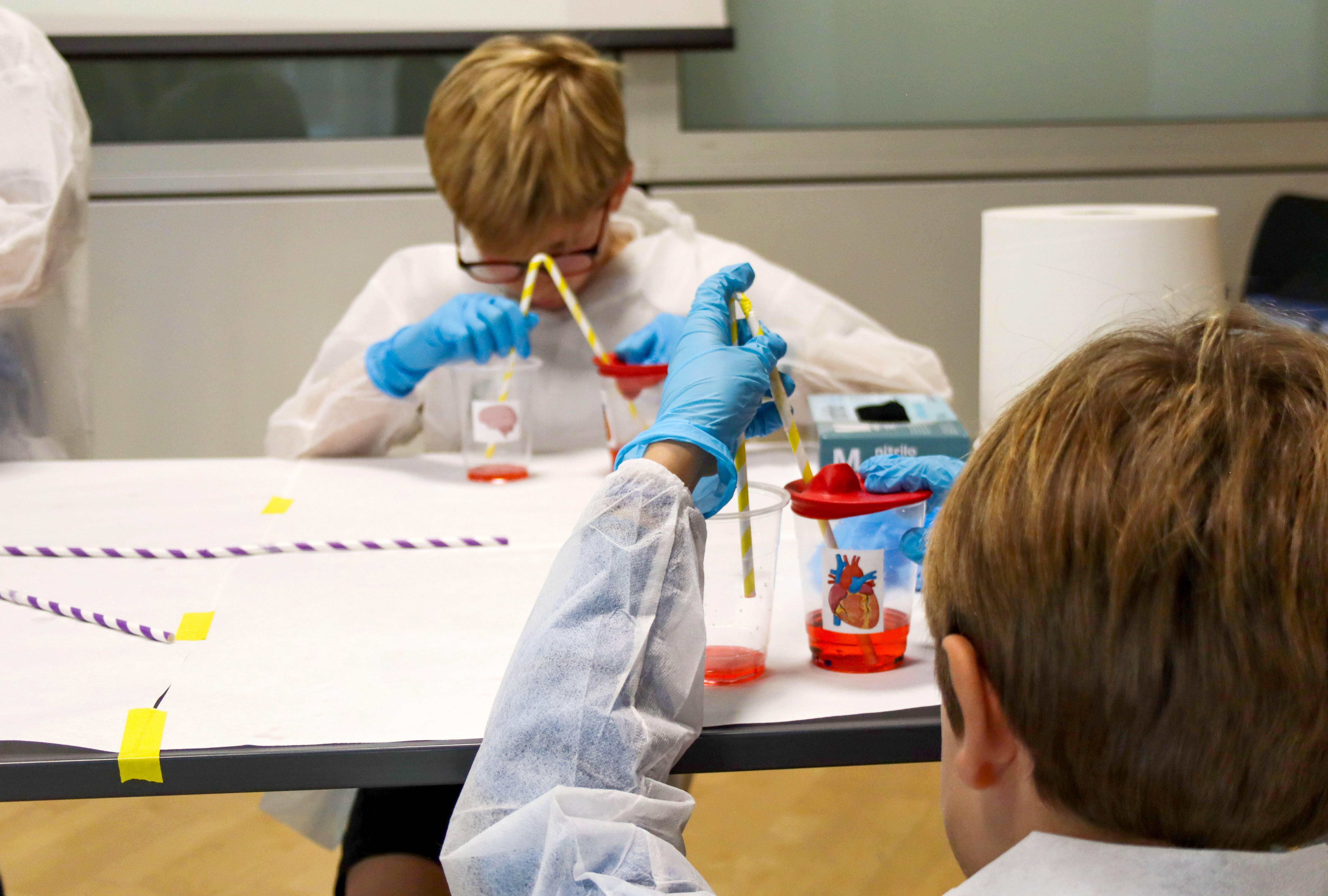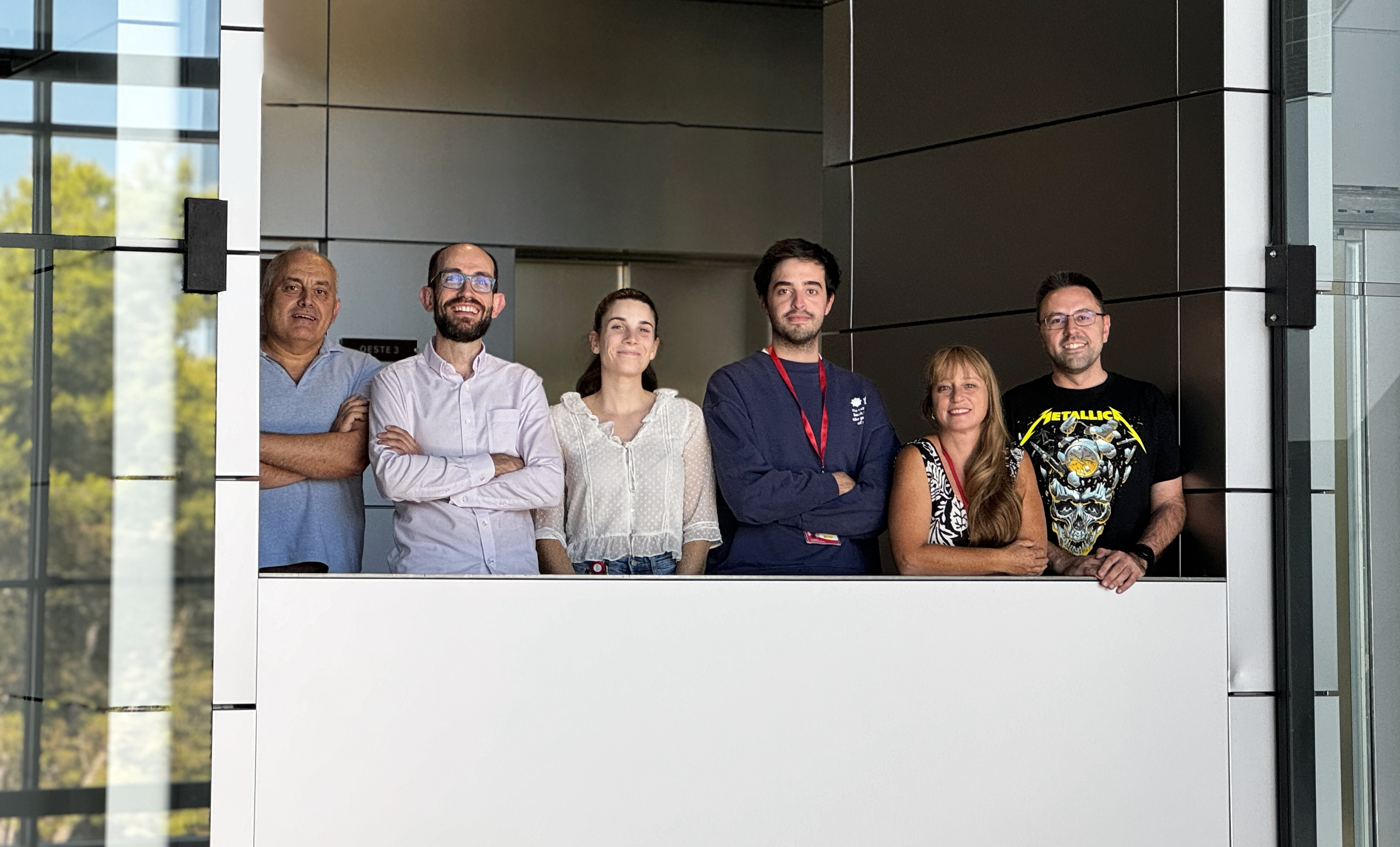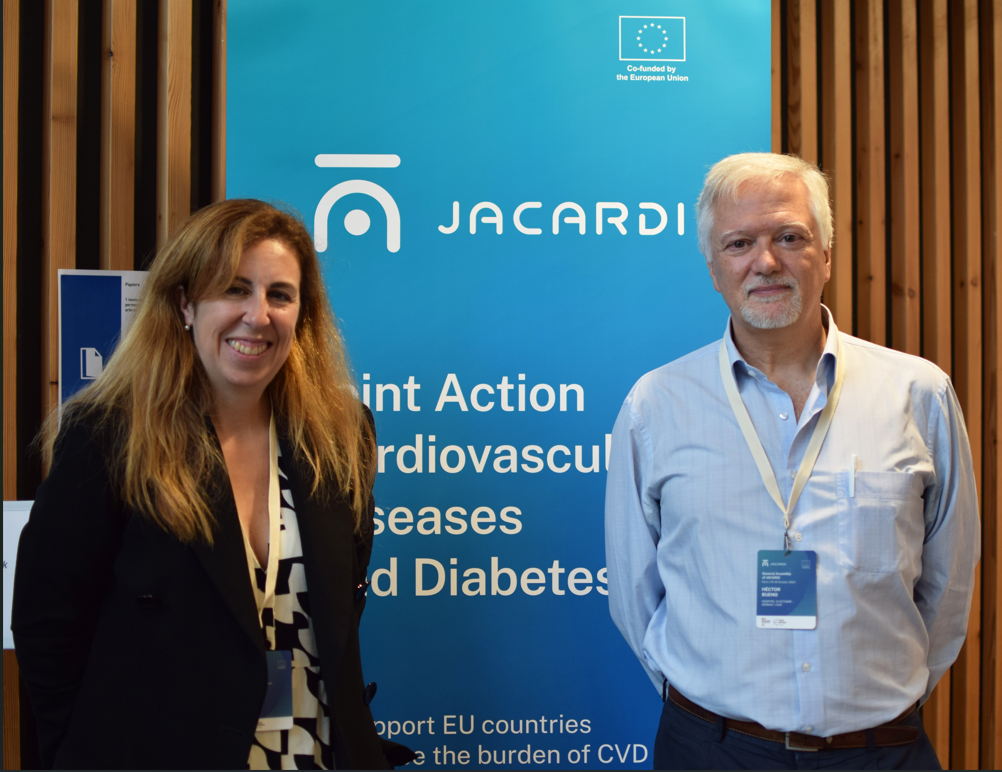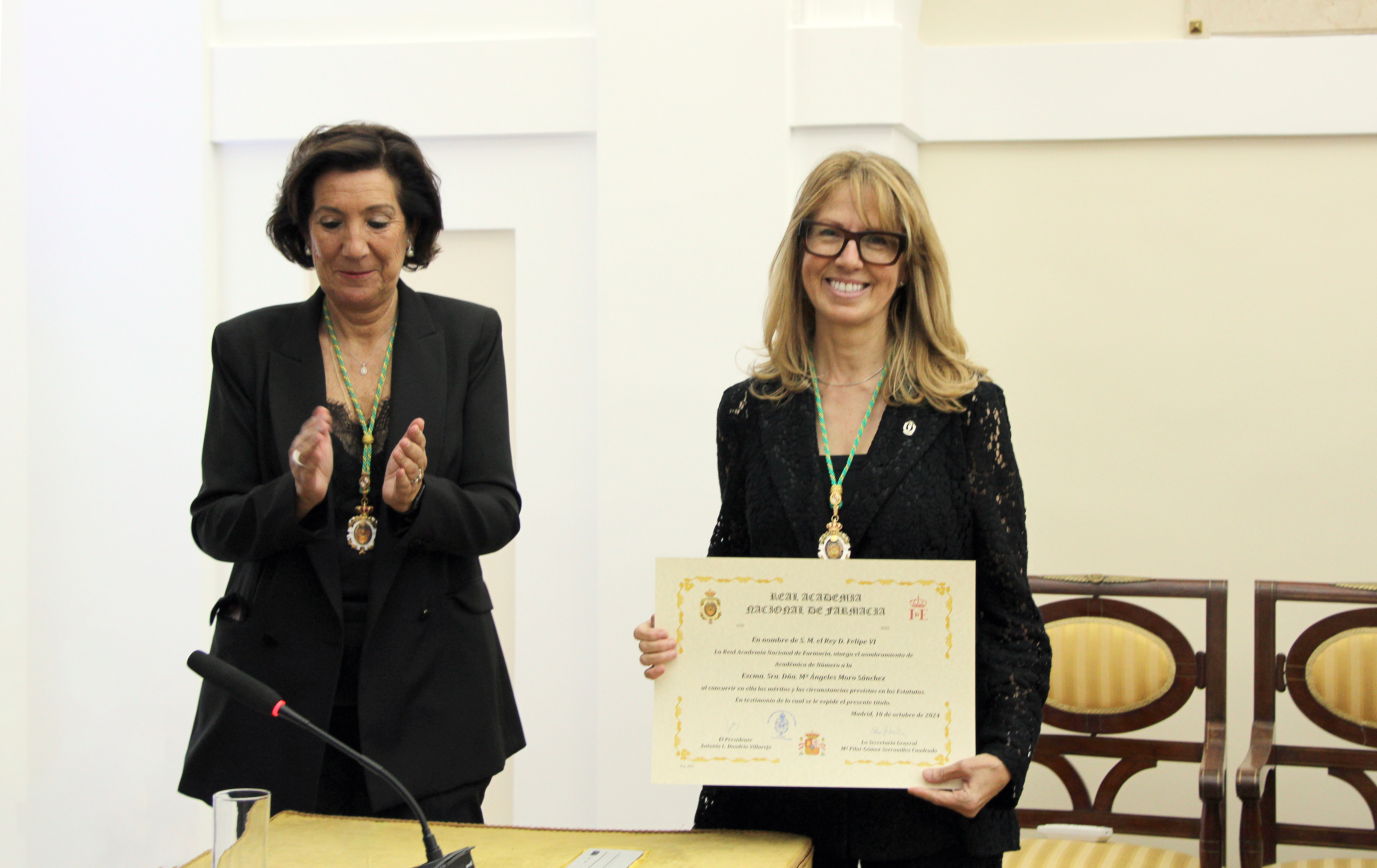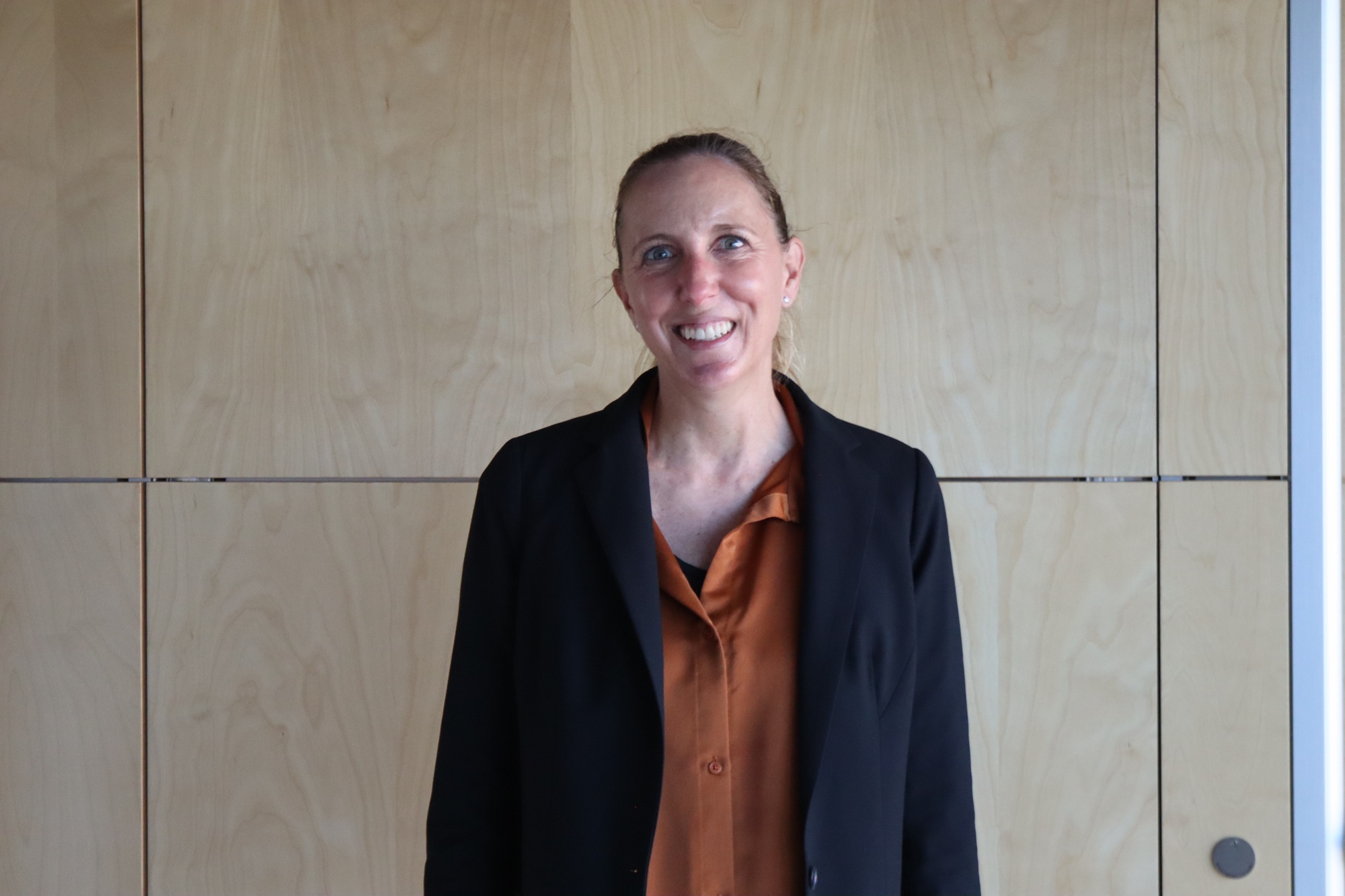News search
|
About the CNIC 11 Dec 2024 |
|
Research 5 Dec 2024 Susana Carmona directs the Neuromaternal research group at the Gregorio Marañón Hospital in Madrid |
|
About the CNIC 5 Dec 2024 The International Atherosclerosis Society recognizes the contributions to the understanding and treatment of atherosclerosis by the director of the National Center for Cardiovascular Research (CNIC) and president of the Mount Sinai Fuster Heart |
|
Research 28 Nov 2024 A study from the CNIC, published in Nature Communications, reveals how caveolae allow adipocytes to expand safely, storing fat without breaking or causing inflammation |
|
About the CNIC 25 Nov 2024 Carola García de Vinuesa is a senior group leader at the Francis Crick Institute in London and the John Curtin School of Medical Research in Canberra. |
|
Research 15 Nov 2024 A study by CNIC, published in Science Advances, offers a new approach to understanding how cells respond to mechanical signals from their environment, redefining the comprehension of the relationship between cells and their physical surroundings. |
|
About the CNIC 23 Oct 2024 The National Center for Cardiovascular Research (CNIC), and the Health Research Institute of Hospital 12 de Octubre (i+12), representing SERMAS, are actively participating in JACARDI through different pilot projects |
|
Research 10 Oct 2024 Dr. Britanny Butts is a professor at the Nell Hodgson Woodruff School of Nursing (USA). |
- ‹ previous
- 4 of 36
- next ›
